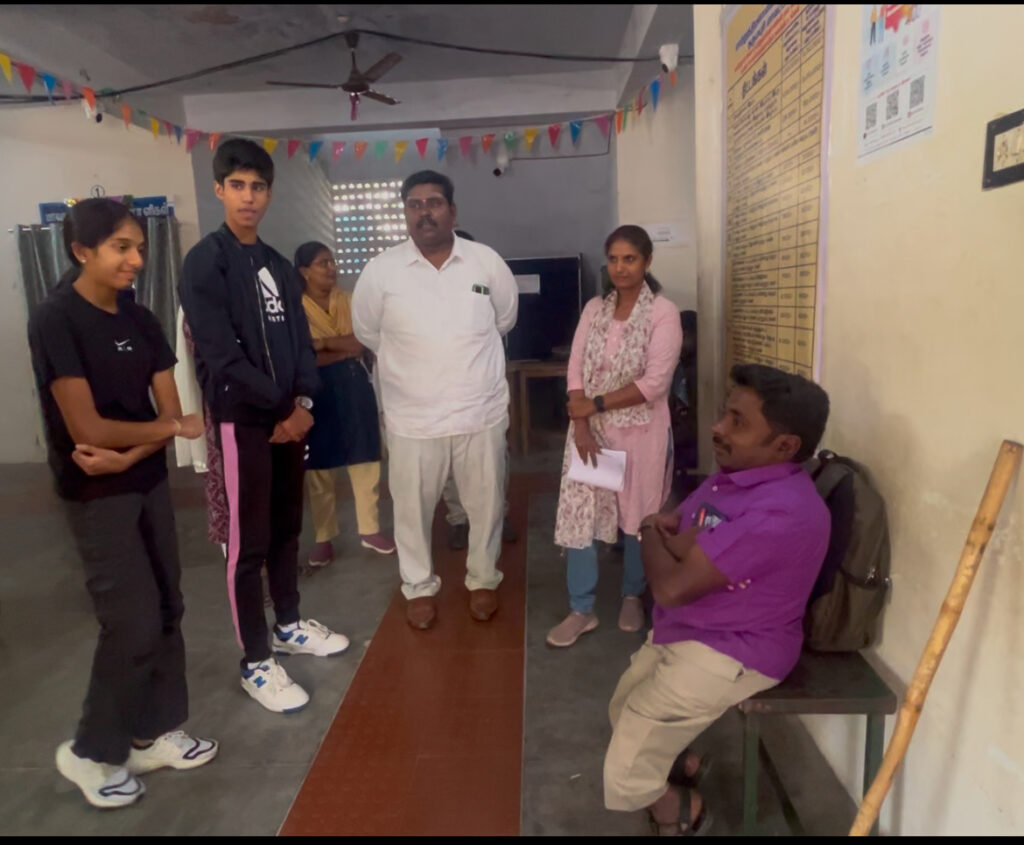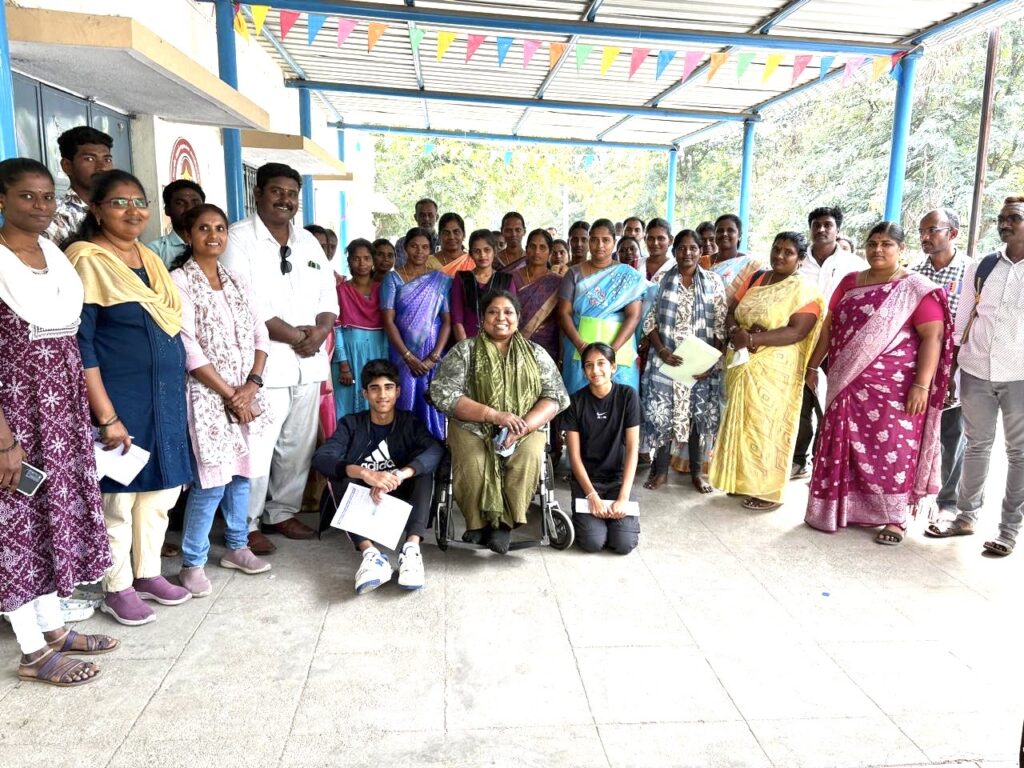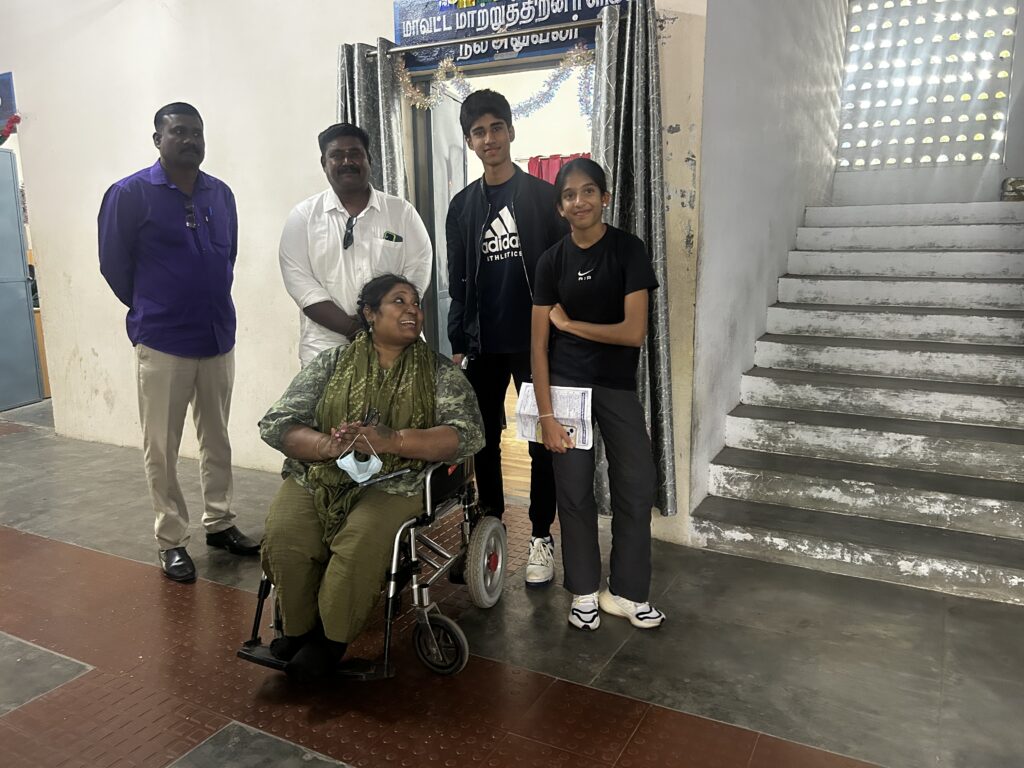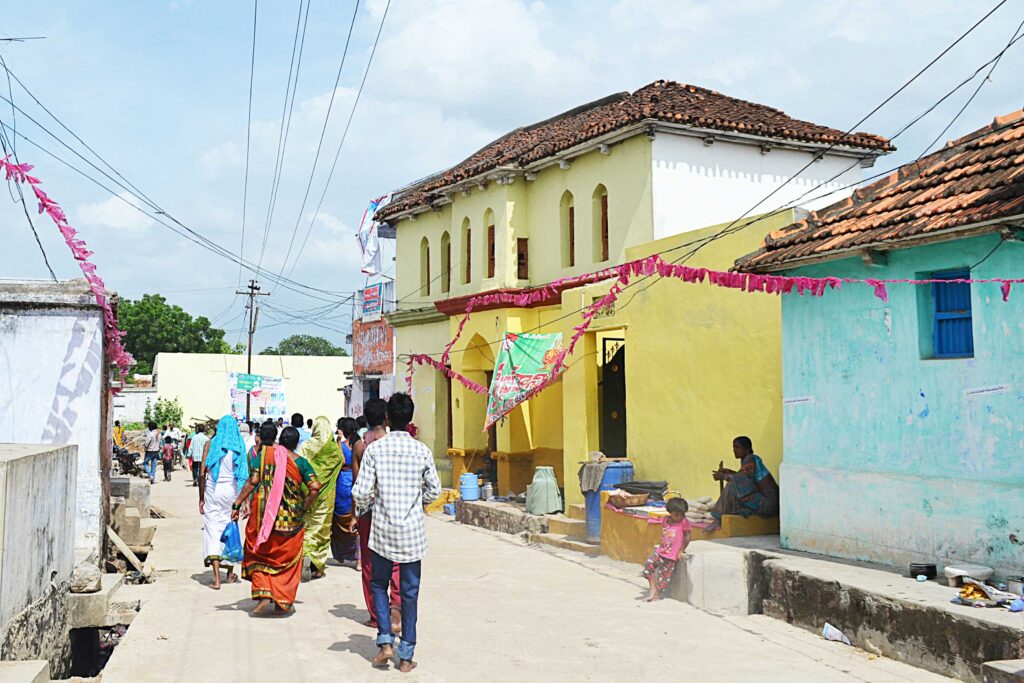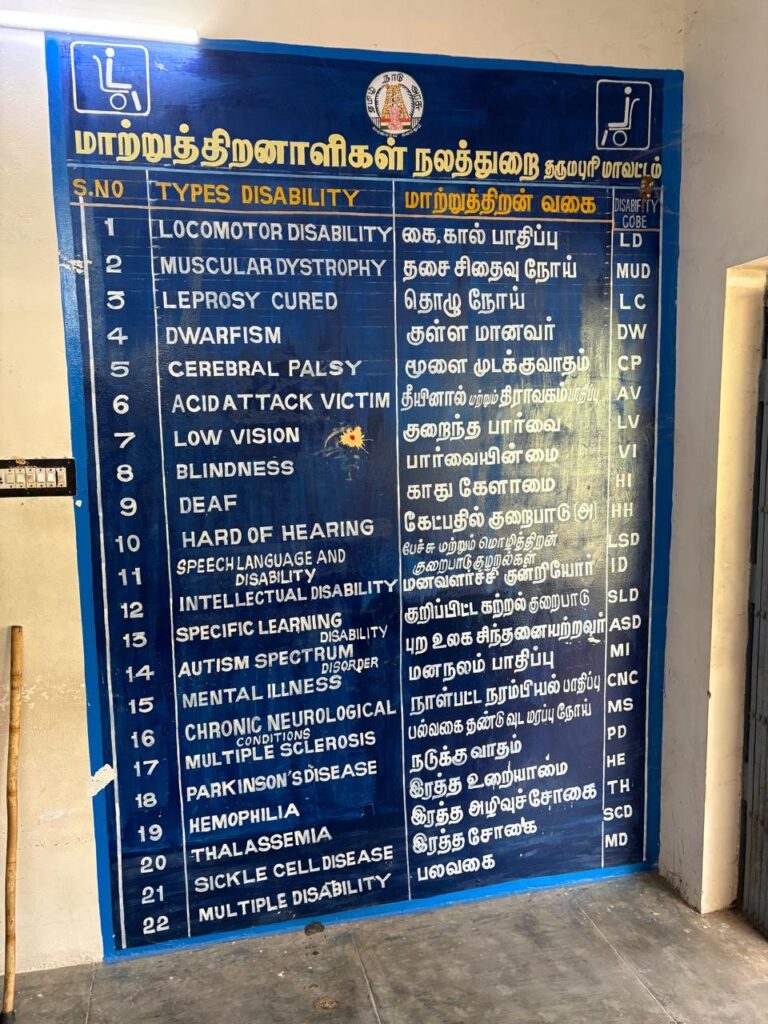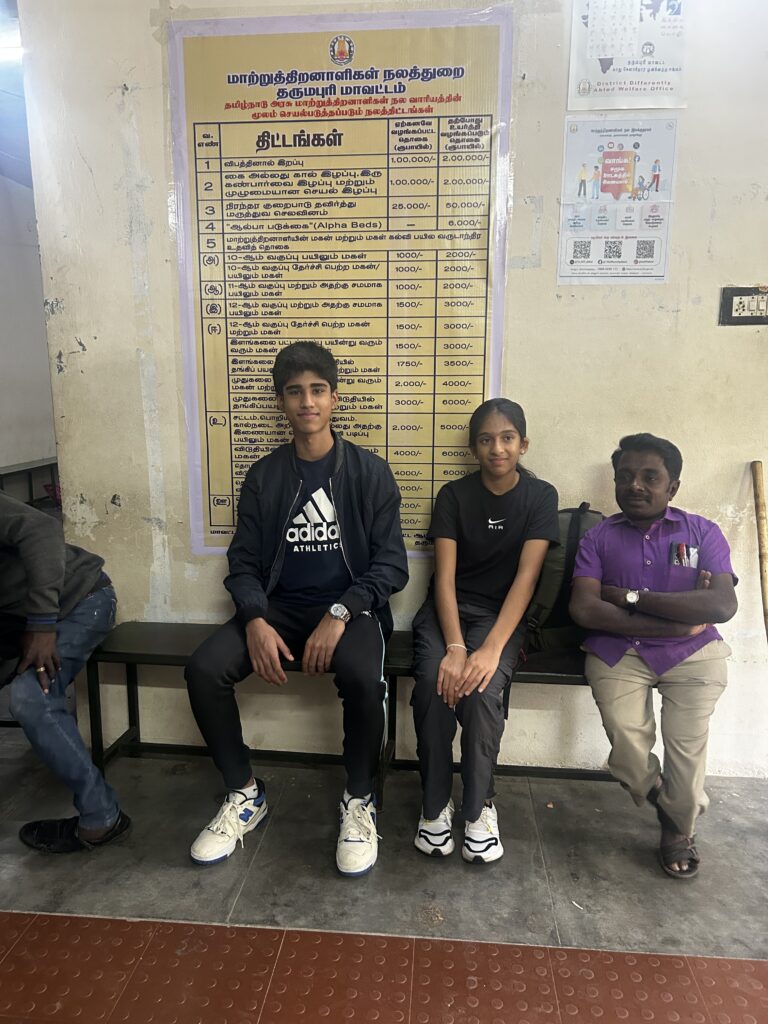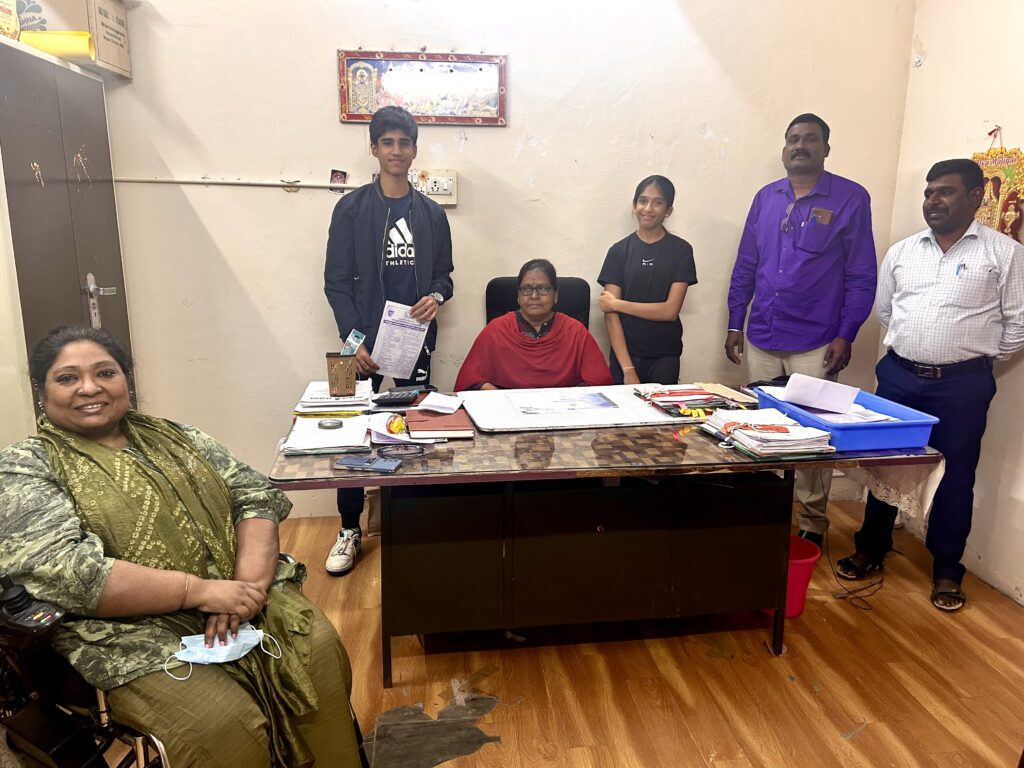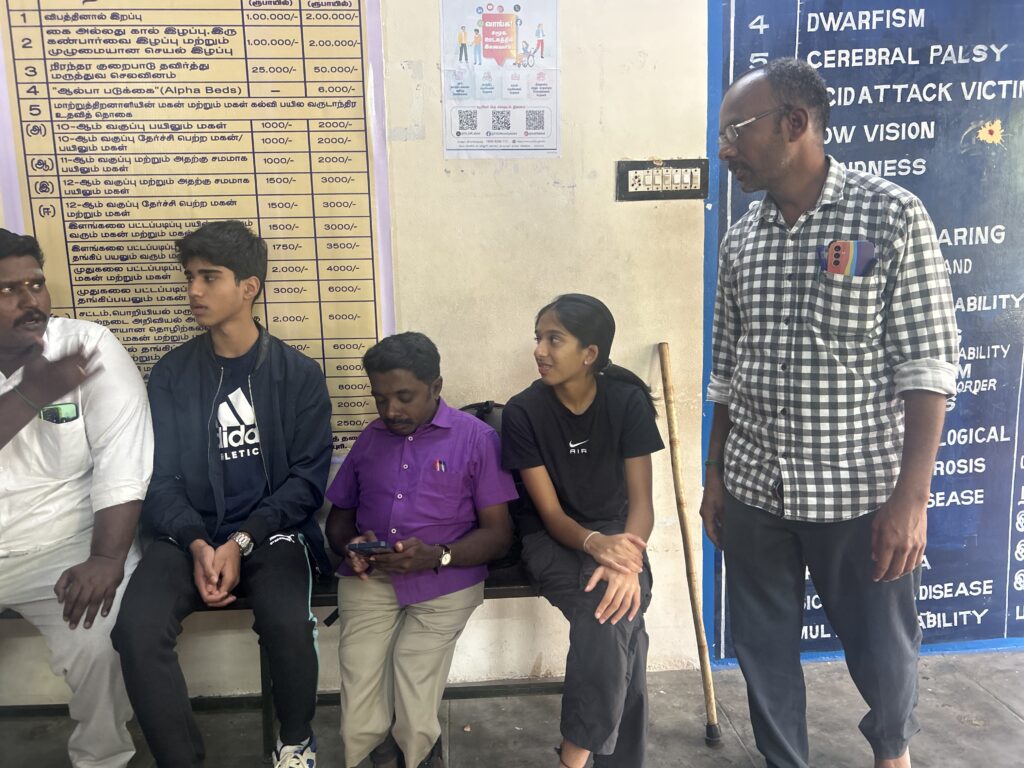Because it embodies the essence of Shakti, the Sanskrit word for strength, resiliency, and feminine energy, I called this initiative ShaktiGym. This project is more than just a gym; it’s a place where women with disabilities can regain their strength at their own pace. By establishing the first inclusive fitness facility in India for women with disabilities, we are enhancing self-worth, visibility, and dignity in addition to infrastructure. ShaktiGym is a representation of what can happen when empowerment and access are combined.
My Experience with India’s First Gym for Women with Disabilities and Beyond: Strength, Inclusion, and Impact
My name is Ronan Vasanth, and I had the privilege of helping to create India’s first gym exclusively for women with disabilities, located in Chennai’s Better World Shelter, in 2024–2025. This project was a ground-breaking endeavour at the nexus of empowerment, design, and inclusion.
The remarkable Dr. Aiswarya Rao, a well-known paediatrician, disability rights activist, and the innovative founder of Better World Shelter, led this effort. Dr. Rao’s leadership was a masterclass in empathy, accessibility, and unwavering strength, as she herself is a disabled professional. It was humbling and incredibly educational to work with her.
The Fabrication of the Gym in Chennai: Creating a Powerful Environment
This gym was constructed to empower women with disabilities, a historically under-represented and underserved population, with assistance from the Greater Chennai Corporation and in partnership with the Tamil Nadu government. Wheelchair-friendly layouts, lifts with braille labels, adaptive exercise equipment catered to users’ physical needs, non-slip flooring and inclusive spatial design are just a few of the features that make the facility fully accessible.
I made small, yet significant contributions in a number of areas where I could help:
Selecting Adaptive Equipment
As someone who makes it a point to hit the gym every single day, I consider myself a fitness enthusiast, and I used my understanding of functional movement and strength training to help compile a list of adaptive gym equipment that is appropriate for people with limited mobility. Examples of this equipment include hand-cranked bikes, resistance bands with grip modifications, and seated cable rows. In order to guarantee accessibility and safety, I communicated with vendors.
Planning an Inclusive Workout
I worked with para-athletes and physiotherapists to help create strength circuits that were accessible to beginners with a range of disabilities. I provided example exercise regimens that emphasised upper-body strength, mobility, and core stability—all of which are essential for wheelchair-dependent users.
Flow and Spatial Design
I offered advice on the best spatial flow to reduce crowding and guarantee wheelchair-accessible routes between machines based on my personal experience working in a gym. I placed a strong emphasis on intuitive layout planning, particularly for assisted stretching zones and compound movements.
Modules for Onboarding and Confidence-Building
I assisted in creating orientation modules that gave users of the gym a safe and secure introduction to the gym because I knew that gym environments can be intimidating, especially for first-time users with disabilities. This included buddy systems, confidence-building procedures, and visual guides.
Volunteer Training & Youth Involvement
In order to integrate fitness culture with inclusivity, I assisted in teaching young volunteers at the Better World Shelter basic gym etiquette, spotting techniques, and how to politely assist disabled users.
Marketing and Narration
I helped raise awareness about the gym by writing on my blog articles (the one that you’re reading right now), and by spreading word in the local area.
Stakeholder Advocacy with the Government
As part of a broader inclusive development proposal to the Tamil Nadu government, Dr. Rao and I collaborated to promote the gym. I gave young people’s viewpoints on why easily accessible exercise facilities should be considered a human right rather than a luxury.
When reflecting, I feel I could have made my awareness campaigns more widespread, however, I will say that I’m truly proud of the several contributions I made.
📖 Learn more about the gym in an article by The New Indian Express: https://www.newindianexpress.com/cities/chennai/2025/May/28/an-exclusive-gym-for-women-with-disabilities-now-in-chennai
Dharmapuri Fieldwork: On-the-ground Experiences and More In-Depth Teachings
But the journey didn’t start at this landmark in Chennai.
A few months prior, I started collaborating with Dr. Rao and a friend who was a fellow volunteer eager to contribute as well, on a larger project to improve the lives of disabled families in Dharmapuri, one of the state’s most underprivileged districts. This project was backed by the World Bank and the Tamil Nadu government.
I made several field trips to the Government Disability Centre in Dharmapuri with a close friend, where I became fully immersed in the community’s struggles and resiliency. In order to improve communication during our sessions, I even learnt some basic sign language. I worked closely with under-represented women, including young disabled people, carers, and mothers of disabled children.
Our objectives were ambitious but realistic: to assist these families in obtaining opportunities for a sustainable means of subsistence through small enterprises and the development of vocational skills. As part of our work, we designed surveys to gather socio-economic and cultural data, conducted remote interviews and needs assessments, co-developed low-cost microenterprise concepts like digital freelancing, agri-packaging, and tailoring, and proposed models for community hubs that would provide infrastructure and shared resources.
I continued to be actively involved remotely in spite of my academic obligations, mapping problems, examining patterns, and working with Dr. Rao and regional stakeholders to co-create solutions. These encounters influenced my view of inclusive development as a lived, pressing need rather than as an abstract concept.
Multiple Fronts, One Mission
My job has been to listen, work with others, and create, whether in the busy hallways of Chennai’s Better World Shelter or the rural heartlands of Dharmapuri. Every data set, interview, and planning session—whether conducted in person or virtually—was a step towards a time when inclusion will be a right rather than a privilege.
This is not just a project. It is my ongoing dedication to human-centered innovation, design for impact, and social entrepreneurship.
The pictures I’ve included below are from one of my visits to Dharmapuri. They document the individuals, the events, and the fervour that propel this endeavour.
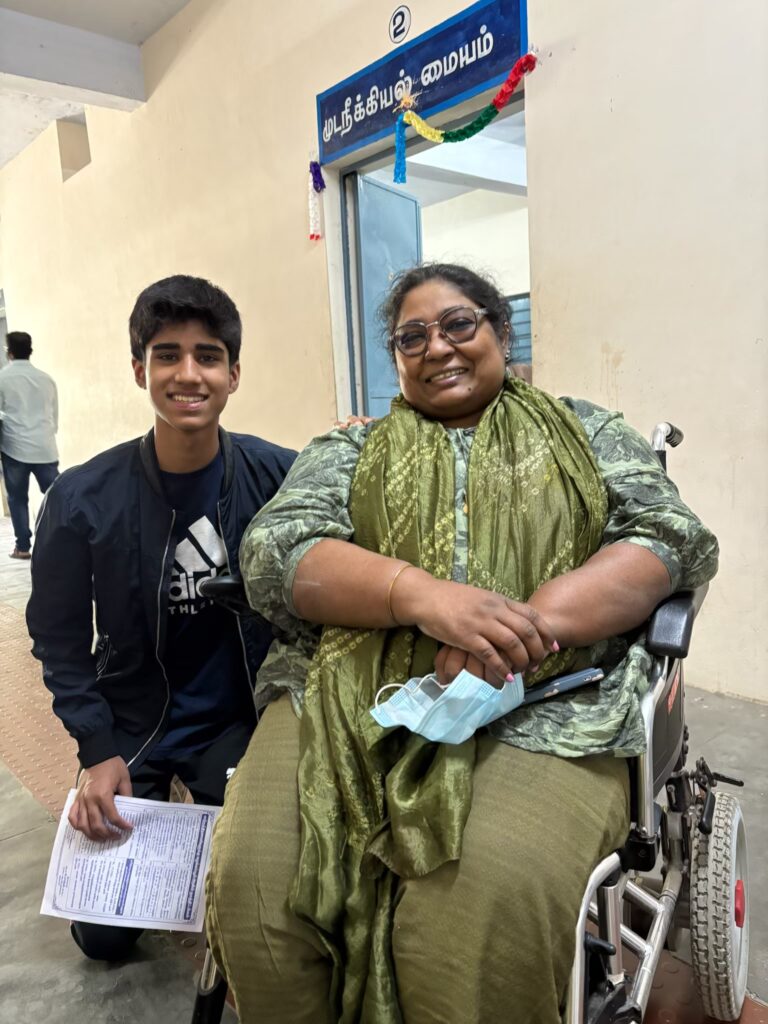
The following video is us learning the basics of sign language to communicate with more of the specially abled!
